Thinking in English
A New Perspective on Teaching ESL
John B. Muciaccia
ROWMAN & LITTLEFIELD EDUCATION
A division of
ROWMAN & LITTLEFIELD PUBLISHERS, INC.
Lanham New York Toronto Plymouth, UK
Published by Rowman & Littlefield Education
A division of Rowman & Littlefield Publishers, Inc.
A wholly owned subsidiary of The Rowman & Littlefield Publishing Group, Inc.
4501 Forbes Boulevard, Suite 200, Lanham, Maryland 20706
http://www.rowmaneducation.com
Estover Road, Plymouth PL6 7PY, United Kingdom
Copyright 2012 by John B. Muciaccia
All rights reserved. No part of this book may be reproduced in any form or by any electronic or mechanical means, including information storage and retrieval systems, without written permission from the publisher, except by a reviewer who may quote passages in a review.
British Library Cataloguing in Publication Information Available
Library of Congress Cataloging-in-Publication Data
Muciaccia, John B., 1945
Thinking in English : a new perspective on teaching ESL / John Muciaccia.
p. cm.
ISBN 978-1-61048-423-7 (cloth : alk. paper) ISBN 978-1-61048-424-4 (pbk. : alk. paper) ISBN 978-1-61048-425-1 (ebook)
1. English languageStudy and teachingForeign speakers. 2. Second language acquisitionStudy and teaching. I. Title.
PE1128.A2M84 2012
428.0071dc23
2011039885

The paper used in this publication meets the minimum requirements of American National Standard for Information Sciences Permanence of Paper for Printed Library Materials, ANSI/NISO Z39.48-1992.
Printed in the United States of America
To my parents,
Frank and Betty Muciaccia
Contents
Foreword
Preface
Acknowledgments
Introduction: Learning a Second Language
| 1 | The Idea of Thinking in English |
| 2 | Tips and Strategies for Learning English |
| 3 | Cultural Immersion Technique plus Intuition |
| 6 | Intuition: The Mind-Set of Thinking in English |
| 7 | The Misnomer of Learning English |
| 8 | Complete Mastery of English? |
| 9 | Knowing English versus Learning English |
| 10 | Grammatical Approach versus the Intuitive Approach |
| 12 | How Did Antonio Banderas Learn English? |
| 13 | Watching Movies with or without Subtitles |
| 14 | Grammar: Friend or Foe? |
| 15 | How English Is Taught in South Korea and Other Countries |
| 16 | How Do You Enter a New Culture and Learn English? |
Addendum: Choosing a Textbook: Does the Book Match the Mission?
Appendix: Frequently Asked Questions
About the Author
Foreword
All too frequently, attempts to set forth a way to learn or study are approaches with which we are all well accustomed. Dr. Muciaccia, however, changes this pattern in Thinking in English . The opportunity to read this book revealed a dedicated teacher at his craft.
For my part, I taught at various levels, including lower grades, middle grades, secondary school, undergraduate and graduate courses, and attended many courses on teaching plus conferences and workshops without number. In none of them was there a mentor who grasped the fact that the entire process is within the learner, and the teacher plays more of a passive role, truly a guide or mentor. The techniques within that concept form the basis for Dr. Muciaccias work.
Of course we know of many self-help books and made easy outlines; rote and drills. These try to render the intellect to be used in learning to a process akin to a parade ground and a drill instructor. This volume modifies the focus from the person teaching to the individual learning. The student then has the active role; that is, He who thinks, learns.
All too often in the teacher model, what many of us may learn is a pattern of nonlearning. Then we wear a cloak of ignorance, which, as Dante says, obscures the right path from us, but Dr. Muciaccia is the guide to lift that cloak of nonthinking or nonlearning. We change from the person taught to the person learning. The reader is morphed into an English speaker.
I grew up in a home with parents who spoke Italian to each other and to their children. So I learned to think in that language, to speak it and understand it. That tongue was not taught to me, it just happened; indeed this is how all of us learn a language from the start. When I entered elementary school, no one taught me English but I acquired it from the class, from walking to and from school, from listening to the teacher who never said to me now you will learn English, I just did. Because I thought in English, I learned it.
Years later, at twenty-two, I visited my cousins and other relatives in Italy. My Italian was halting, awkward, and hesitant. I was still thinking in English, translating in my mind, and then responding. BUT, in about three days, somehow my brain reverted to another time; I began to listen and to think in Italian.
My relatives were surprised with my improvement, and soon my Italian was quite acceptable, and most importantly, I was not awkward in my responses. I was confident, even if not always correct. It was a natural state for me, when I returned to my English-speaking world, that the process was reversed and I again thought and spoke in English.
Since in my own professional career I had taught at varied levels of education, the facts leading to the ideas and concepts set forth by Dr. Muciaccia were known to me (or should have been, had I been more keen in my observations), but I never translated that data and the conclusions into any format; Dr. Muciaccia did, and this book gives that benefit to the reader.
In his own life the author immerses himself in a wide range of joys of the intellect. He studies both Western and Eastern thought, has studied music, travels, pursued academic training at outstanding schools, such as Rutgers and New York University, completing undergraduate and graduate studies leading to a doctorate degree. He has taught, written, edited poetry journals, and has developed a wide assortment of friends in varied walks of life. From this life of dedicated learning and teaching he has distilled this book.
This gently written book leaves the reader refreshed and enlightened because it makes clear that we must redirect our minds as to how to learn. We must relearn how to learn. In his teaching, Dr. Muciaccia employs an intuitive style affording the student insights not only into learning English but helping them to see that they need to restructure their ideas about how to learn. This also allows them to apply this new awareness to any knowledge they wish to learn throughout the rest of their lives.

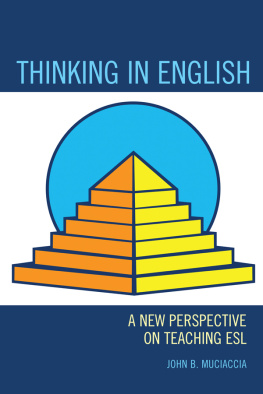
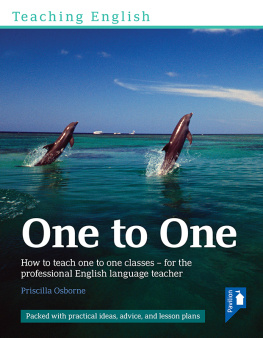

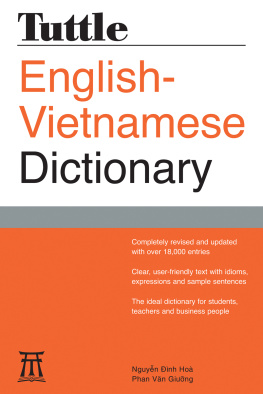


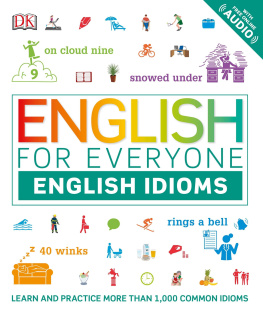
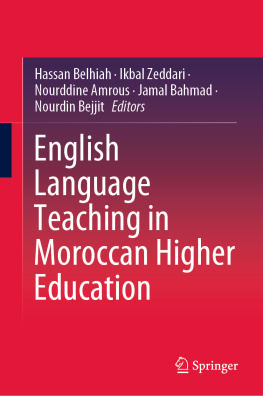
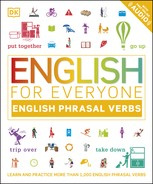
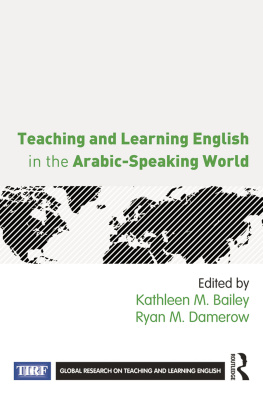


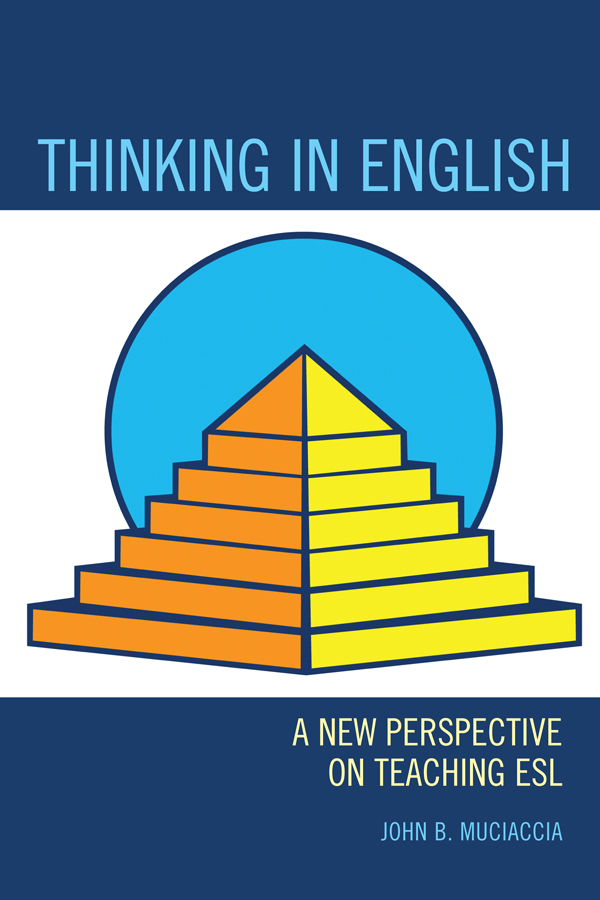
 The paper used in this publication meets the minimum requirements of American National Standard for Information Sciences Permanence of Paper for Printed Library Materials, ANSI/NISO Z39.48-1992.
The paper used in this publication meets the minimum requirements of American National Standard for Information Sciences Permanence of Paper for Printed Library Materials, ANSI/NISO Z39.48-1992.